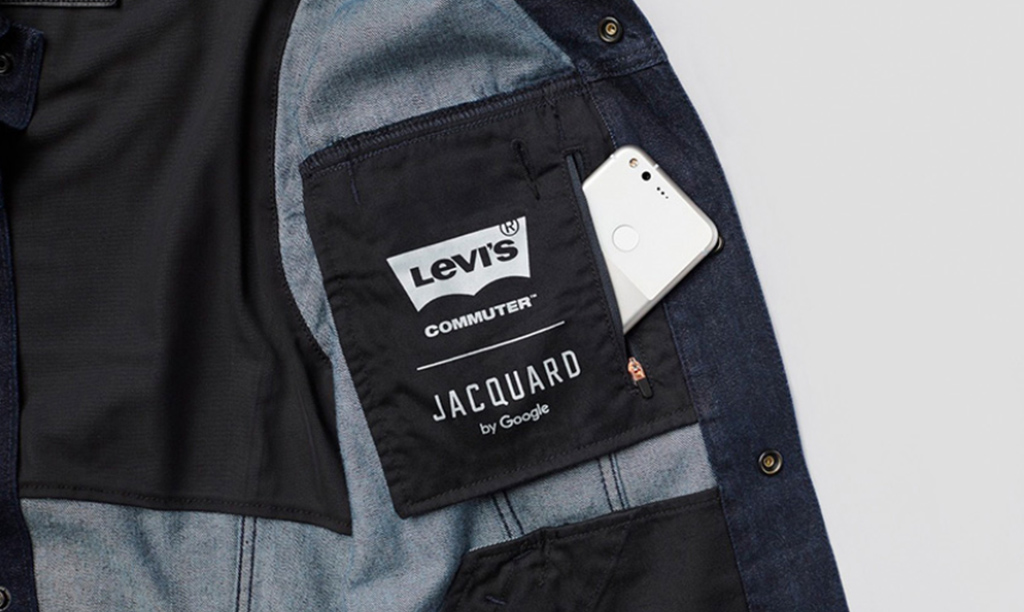Whiplash Team, November 1st 2024
Collaborative branding: a strategy for success
Collaborative branding is a powerful tool for brands seeking to expand their presence, innovate, and connect with their audiences. By partnering with other brands that share similar values and goals, companies can create synergies that strengthen their position in the market and offer enriching experiences to their customers.
Collaborative branding is a marketing strategy where two or more brands join forces to create joint value by sharing resources, knowledge, and audiences. This synergy allows the brands involved to reinforce each other’s positioning, enhance consumer perception, and expand their market presence.
These collaborations can range from long-term partnerships to one-off alliances, all aimed at leveraging collective potential.
While the concept behind collaborative branding is not new, it has gained relevance in recent times. As consumers increasingly seek personalised experiences and shared values, companies are using these partnerships to create more compelling narratives and strengthen emotional connections with their audiences.
Types of Collaborative Branding
There are several types of collaborative branding, each with specific characteristics and benefits:
- Co-Branding:
This is the most common form of collaborative branding, where two brands combine efforts to create a joint product or service. A classic example of co-branding is the collaboration between Nike and Apple to launch the “Nike+ iPod,” a device that combined style and technology to enhance athletes’ experience. This alliance not only benefited both brands but also offered consumers an added value experience. - Strategic Alliances:
In this type of collaboration, brands do not necessarily develop a product together but join forces for marketing campaigns or social responsibility initiatives. A successful example is the collaboration between Coca-Cola and WWF (World Wildlife Fund) in sustainability campaigns. Both organisations benefited by associating their names with a cause important to consumers. - Cross-Licensing:
In some situations, a brand allows another to use its name or products to increase visibility in new markets. An example of this is the licensing of characters like Disney, which collaborates with manufacturers of toys, clothing, and food, allowing their characters to appear on consumer products, thus broadening their brand’s reach.
Benefits of Collaborative Branding
Collaborative branding offers multiple advantages for both brands and consumers, including:
- Access to New Markets
Collaborations allow brands to enter new markets or reach consumer segments they would not have accessed individually. For example, when a luxury brand collaborates with a mass-market brand, it can reach a new demographic without compromising its exclusive image. A clear example is the collaboration between H&M and high-end designers like Balmain or Versace. These partnerships made exclusive collections accessible to a mass audience, elevating the perception of both brands. - Increased Customer Loyalty
By partnering with brands that already have a good reputation, companies can generate a greater sense of loyalty among their own customers. The public perceives these alliances as added value, which strengthens their relationship with the brand. According to a Nielsen study, 59% of consumers prefer to buy new products from familiar brands. Therefore, an effective collaboration can significantly increase loyalty among existing customers and attract new ones. - Innovation and Creativity
Collaboration between brands fosters innovation. By sharing knowledge and unique perspectives, companies can develop more creative and disruptive products or services. A recent example is the collaboration between Tesla and Panasonic in developing batteries for electric vehicles. Both companies combined their expertise to create advanced technology that benefits both and positions their brands as leaders in sustainability and technology. - Cost and Risk Reduction
By sharing resources and expenses, companies involved in collaborative branding can significantly reduce development, production, and marketing costs. Additionally, by dividing the risks associated with new initiatives, brands can experiment more without fearing significant losses. - Improved Brand Perception
Partnering with a brand that has a good reputation in areas where a company may be less established can enhance overall perception. For example, when Google collaborated with Levi’s to create a jacket with integrated touch technology, both reinforced their innovative image. Google stood out in fashion, while Levi’s shone in technology.
Key Examples of Collaborative Branding
The success of collaborative branding is not just theoretical; there are case studies that demonstrate how these partnerships create impact:
- Starbucks and Spotify:
This collaboration allowed Spotify users to interact with music in Starbucks stores by customising playlists. For Starbucks, it created an enhanced customer experience, while Spotify gained access to millions of Starbucks’ loyal customers. - Uber and Spotify:
In another music-centred collaboration, Uber allowed passengers to personalise the music they listened to during their ride if they were Spotify Premium users. This strategy not only improved Uber’s customer experience but also incentivised Uber users to subscribe to Spotify Premium. - Adidas and Parley for the Oceans:
Adidas partnered with Parley for the Oceans in a sustainability-focused collaboration to create footwear using recycled ocean plastic. This alliance promoted sustainability and highlighted both brands’ commitment to the environment.
How to Implement Collaborative Branding in Your Strategy
To successfully integrate collaborative branding into a brand strategy, it is crucial to follow some key steps:
- Identify partners with shared values: Compatibility of values and mission is essential for the collaboration to be authentic. If the values are not aligned, the public may perceive the alliance as forced or insincere.
- Define clear objectives: Before collaborating, both brands must establish clear and measurable goals. Whether to increase sales, improve brand perception, or launch a new product, it is important that expectations are aligned from the start.
- Create an added-value experience: The collaboration must offer something that neither brand could achieve alone. The goal is to generate a unique customer experience that strengthens the relationship between the brands and their audiences.
- Measure and adjust: Like any marketing strategy, collaborative branding must be measured and adjusted based on results. Key metrics include reach, consumer perception, and return on investment.




